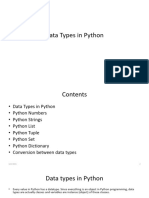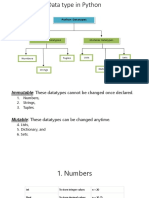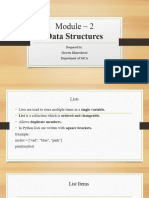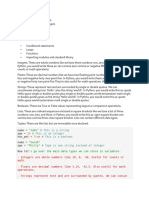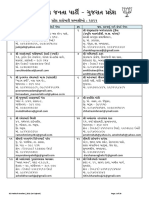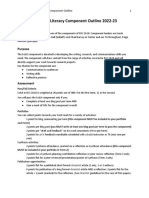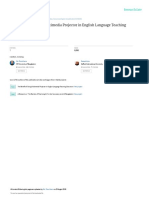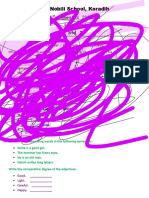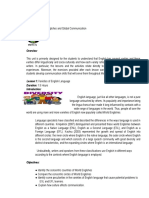0% found this document useful (0 votes)
25 views20 pagesData Types
The document provides an overview of data types in Python, including Numeric, Boolean, String, List, Tuple, Dictionary, and Set. Each data type is defined along with its characteristics, examples, and common methods. The document serves as a comprehensive guide for understanding and using various data types in Python programming.
Uploaded by
akhilaammu2001Copyright
© © All Rights Reserved
We take content rights seriously. If you suspect this is your content, claim it here.
Available Formats
Download as PDF, TXT or read online on Scribd
0% found this document useful (0 votes)
25 views20 pagesData Types
The document provides an overview of data types in Python, including Numeric, Boolean, String, List, Tuple, Dictionary, and Set. Each data type is defined along with its characteristics, examples, and common methods. The document serves as a comprehensive guide for understanding and using various data types in Python programming.
Uploaded by
akhilaammu2001Copyright
© © All Rights Reserved
We take content rights seriously. If you suspect this is your content, claim it here.
Available Formats
Download as PDF, TXT or read online on Scribd
/ 20











